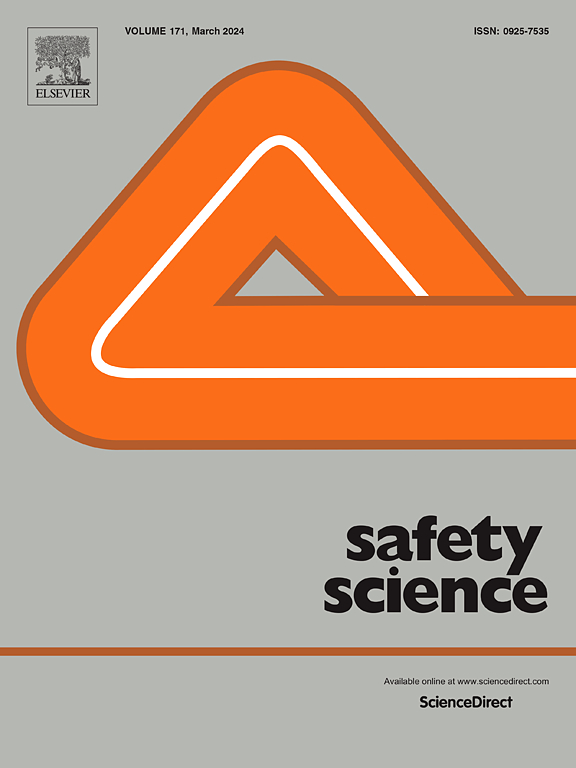A multi-source physiological data-driven method for evaluating the mental workload of operators in remote control environment
IF 5.4
1区 工程技术
Q1 ENGINEERING, INDUSTRIAL
引用次数: 0
Abstract
With the continuous development of Maritime Autonomous Surface Ships (MASS), remote control ship will become into reality in the near future. However, the mental behaviours of remote-control seafarers and their effects on navigation safety remain unclear, particularly in the context of emerging “multi-human multi-ship” operational patterns. In view of this, experimental research for the assessment of mental workload in remote control environment was conducted, addressing the critical gap in understanding the cognitive demands of remote maritime operations. A novel experimental setup is developed to closely simulate inland waterway navigation of varying degrees of difficulty, incorporating realistic challenges such as ferry crossings and buoy avoidance. The design uniquely considers the transition from traditional seafaring to remote operations, providing insights into the behavioural differences between remote operators and onboard crew members. A fusion of heart rate variability and skin conductance were employed to achieve a highly precise classification of mental workload levels through a low-invasive method, which is suitable for continuous monitoring in operational settings. Three machine learning models are employed for classifying the physiological signals into distinct workload levels, with the K-Nearest Neighbours (KNN) achieving an accuracy of 93.1%. The statistical analysis validates the effectiveness of this assessment approach across different workload conditions. The integration of physiological data and machine learning models enables real-time detection of cognitive overload and stress in working condition. These findings provide foundational reference for designing personnel suitability monitoring systems and task allocation strategies in future remote control centres, contributing to maritime safety and operational effectiveness.
一种多源生理数据驱动的远程控制操作人员心理负荷评估方法
随着海上自主水面舰艇(MASS)的不断发展,远程控制舰艇将在不久的将来成为现实。然而,遥控海员的心理行为及其对航行安全的影响仍不清楚,特别是在新兴的“多人多船”操作模式的背景下。鉴于此,本研究开展了远程控制环境下心理负荷评估的实验研究,填补了远程海上作战认知需求理解的关键空白。建立了一种新的实验装置,以模拟不同难度的内河航道航行,并结合了渡轮过境和浮标回避等现实挑战。该设计独特地考虑了从传统航海到远程操作的转变,提供了远程操作人员和船上船员之间行为差异的见解。采用心率变异性和皮肤电导的融合,通过低创方法实现精神工作量水平的高度精确分类,该方法适用于操作环境中的连续监测。采用三种机器学习模型将生理信号分类为不同的工作负荷水平,其中k -最近邻(KNN)的准确率达到93.1%。统计分析验证了这种评估方法在不同工作负载条件下的有效性。生理数据和机器学习模型的集成可以实时检测工作状态下的认知超载和压力。研究结果为未来远程控制中心人员适宜性监测系统的设计和任务分配策略提供了基础参考,有助于提高海上安全与作战效率。
本文章由计算机程序翻译,如有差异,请以英文原文为准。
求助全文
约1分钟内获得全文
求助全文
来源期刊

Safety Science
管理科学-工程:工业
CiteScore
13.00
自引率
9.80%
发文量
335
审稿时长
53 days
期刊介绍:
Safety Science is multidisciplinary. Its contributors and its audience range from social scientists to engineers. The journal covers the physics and engineering of safety; its social, policy and organizational aspects; the assessment, management and communication of risks; the effectiveness of control and management techniques for safety; standardization, legislation, inspection, insurance, costing aspects, human behavior and safety and the like. Papers addressing the interfaces between technology, people and organizations are especially welcome.
 求助内容:
求助内容: 应助结果提醒方式:
应助结果提醒方式:


